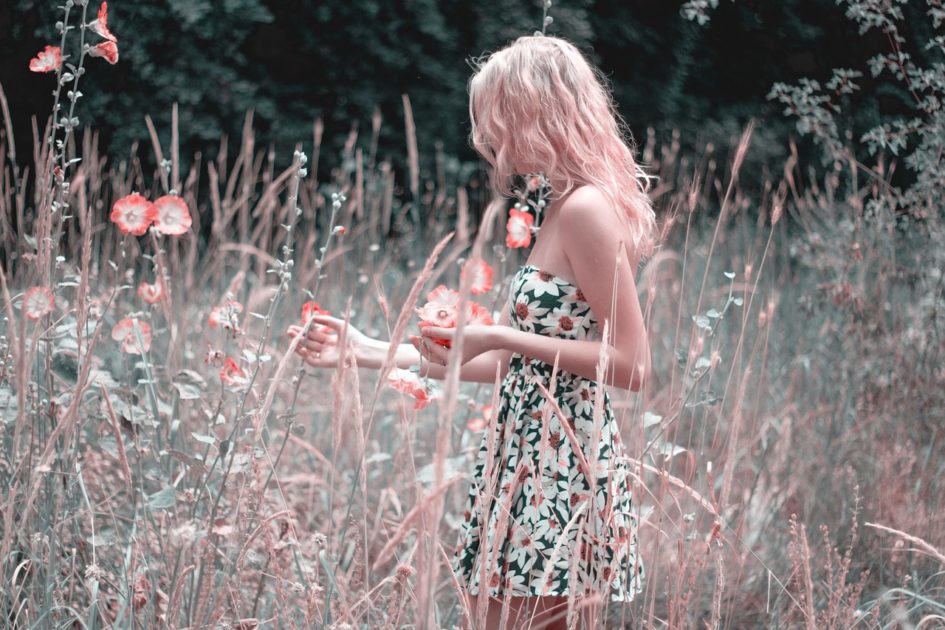DIY Hair Colouring
Hair coloring has become a popular trend in recent years, and it’s no surprise why. It’s an easy way to switch up your look and add some excitement to your daily routine. However, with the rising costs of salon visits, many people are turning to DIY hair coloring techniques to achieve the same results at a fraction of the cost. If you’re a beginner in the world of hair coloring, you’re in luck! This guide will take you through the basics of DIY hair coloring techniques and provide you with tips and tricks for achieving salon-worthy results from the comfort of your own home.
Choosing the Right Hair Color
The first step in DIY hair coloring is choosing the right hair color for your skin tone and hair type. There are many different types of hair colors available on the market, from temporary to permanent, and it’s important to choose the right one for your needs. If you’re a beginner, it’s recommended that you start with a semi-permanent hair color, as this will give you a good idea of what to expect and won’t cause any permanent damage to your hair.
Prepping Your Hair
Once you’ve chosen your hair color, it’s important to prep your hair properly before starting the coloring process. This means washing your hair with a clarifying shampoo to remove any dirt or buildup, and using a conditioner to add moisture back into your hair. It’s also recommended that you avoid using any styling products or heat styling tools on your hair for at least 24 hours before coloring, as this can affect the way the color takes to your hair.
Applying the Hair Color
When it comes to applying the hair color, there are several different techniques you can use, depending on the type of hair color you’ve chosen. For semi-permanent hair colors, it’s recommended that you apply the color to clean, damp hair using a wide-tooth comb or your fingers. For permanent hair colors, it’s important to follow the instructions carefully, as these types of hair colors often require mixing the color with a developer before applying.
Rinsing and Conditioning
Once you’ve applied the hair color, it’s important to let it sit for the recommended amount of time before rinsing it out. This can vary depending on the type of hair color you’ve chosen, so be sure to read the instructions carefully. When it’s time to rinse out the color, use lukewarm water and rinse until the water runs clear. After rinsing, apply a deep conditioning treatment to your hair to add moisture and prevent damage.
Maintaining Your Hair Color
Congratulations! You’ve successfully colored your hair at home. However, the work doesn’t stop there. It’s important to take proper care of your newly colored hair to ensure that it stays vibrant and healthy. This means using a color-safe shampoo and conditioner, avoiding excessive heat styling, and avoiding exposure to chlorine and saltwater. It’s also recommended that you get regular trims to keep your hair healthy and prevent split ends.
Common Mistakes to Avoid
While DIY hair coloring can be a great way to save money and switch up your look, there are some common mistakes that beginners often make. One of the biggest mistakes is choosing a hair color that is too dark or too light for your skin tone. This can make your hair look unnatural and unflattering. Another common mistake is not following the instructions carefully, which can result in uneven color or damage to your hair. Finally, it’s important to remember that hair coloring is a process, and it may take some trial and error to achieve the perfect color for you.
